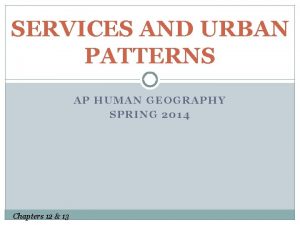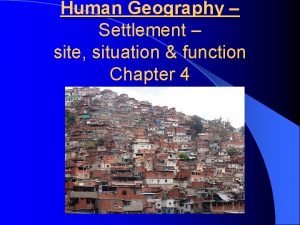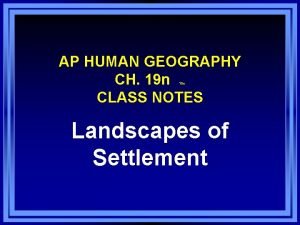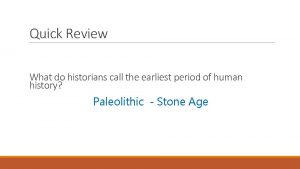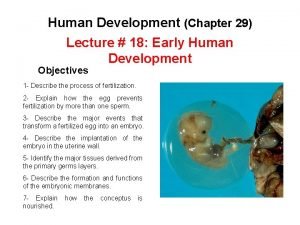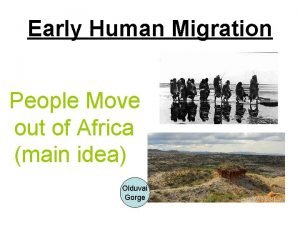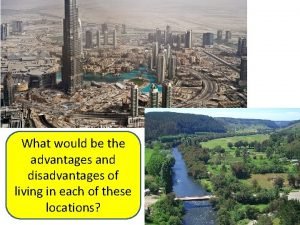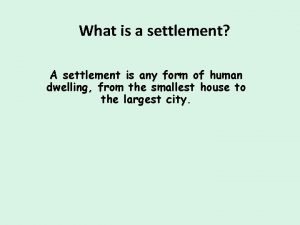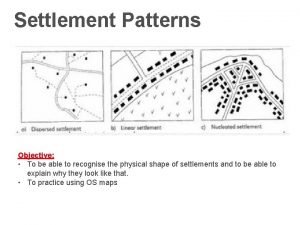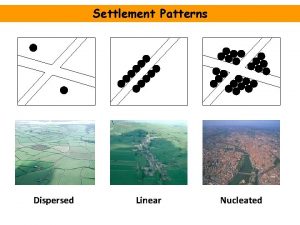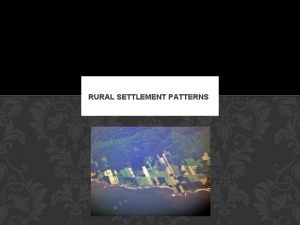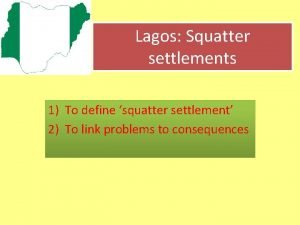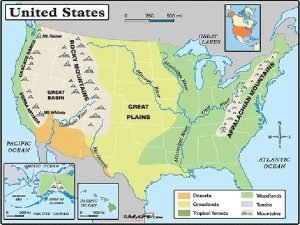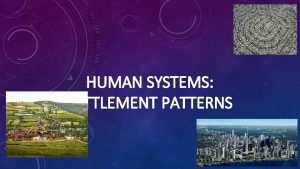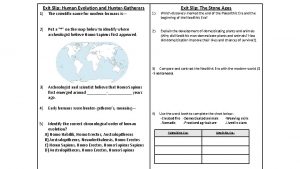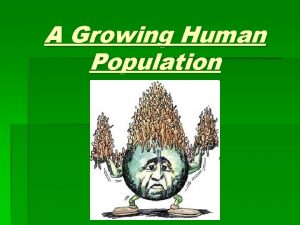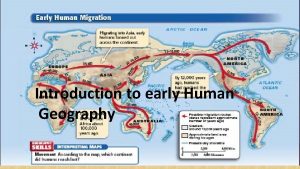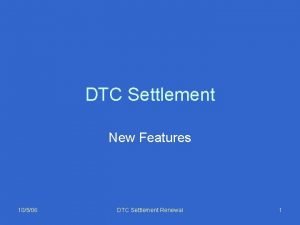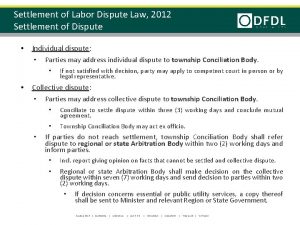EARLY HUMAN HUNTERGATHERERS SETTLEMENT 6 1 1 6
















- Slides: 16

EARLY HUMAN (HUNTERGATHERERS & SETTLEMENT) 6 -1. 1 & 6 -1. 2 STUDENT NOTES

I. Hunter-Gatherers - People who hunted animals and gather wild plants, seeds, fruits, and nuts to survive during the Old Stone Age. A. Old Stone Age - Time period until 10, 000 years ago where people used stone tools. B. Hunter-Gatherers were Nomadic - (n. nomads) people migrate (move) according to the seasons from place to place in search of food, and water.

I. Hunter-Gatherers Continued… C. Hunter-Gatherers did not live in one place like us. There were no stores, and they did not have the knowledge of farming yet. D. They migrated to follow the animal herds for meat and other uses. They gathered fruits, nuts, tubers also for their diet. 2. Migrate - People move to new places

A. Adapt - To adjust or change to new situations and environment. B. Natural Environment - The climate, weather, and natural resources where a person lives that affects human survival. C. Hunter-Gatherers - used simple tools made of stone, bone, and wood to create shelters, hunt, and make clothes. 1. bow and arrow - hunt animals from a distance. 2. spear - throw at animals from long distance 3. chopper - Used to cut, chop, or scrape roots, bones, and meat

III. Technological Advances - Where human beings fashion tools and machines to change and control their environment. A. Stone tools B. Discovered fire. Used for cooking, light, and protection (scare animals away)

III. Technological Advances C. Used cave art to express ideas 1. With no written language, early human cave art allows scientists to study their way of life. Early humans left hundreds of engraved, drawn, and painted figures of deer, bison, horses, and other animals. 2. Used cave art to tell stories and explain things. 3. Other types of art included the carvings of stone, ivory, and bone.

IV. Men and women had distinct (specific) roles. A. Women gathered nuts and berries, keep fire going, watch children. B. Men hunted in large groups to bring down large animals.

V. Earth's last Ice Age… V. Earth's last Ice Age led to creation of a land bridge called Beringia as ocean levels dropped. A. Ice Age - 1. 6 million years ago, Earth began to experience long periods of freezing causing glaciers to cover much of the Earth. B. Land Bridge - A strip of land connecting two continents. 1. Beringia - a land bridge which joined present-day Alaska and north eastern Asia (Russia).

V. Earth's last Ice Age Continued… C. Migration from Africa led to the creation of societies on other continents – Asia, Europe, North America, and South America. D. When the Ice Age ended and the ice melted, the migration ended.

I. Early Human Communities - Humans began to move from a nomadic way of life to permanent settlements like villages and cities.

I. Early Human Communities A. Humans needed several Technological Advances in order to do this.

B. Neolithic Revolution (Agricultural Revolution) - The time period in human history where people stopped hunting for survival and gathering for survival and began using agriculture. 1. Agriculture - the science or occupation of cultivating the soil, producing crops, and raising livestock, farming -Types of crops - emmer, einkorn, barley, lentil, pea, chickpea, bitter, vetch, and flax. 2. irrigation - way of supplying water to an area of land by means of ditches, dams, and canals

B. Neolithic Revolution 3. Animal and Plant Domestication - process of changing plants or animals to make them more useful to humans, examples include cows, pigs, gardens, wheat fields, oxen, etc. 4. Other agriculture advances - plows, water wheels, and using animals to help with labor 5. Neolithic Revolution - It first began near present day Iraq in the region called the Fertile Crescent or Mesopotamia.

C. Food Surpluses - A surplus is having more than what you need of something. 1. Agriculture + Irrigation + Animal and Plant Domestication + Other Agriculture Advances = Food Surpluses. 2. surplus - more food than one needs to eat in one day. 3. granaries - a place to store grains and foods.

D. Effects of Food Surpluses 1. Specialized Labor - worker has a specific task or job to do. Since everyone is no longer hunting and gathering for survival, some people become more specialized as doctors, teachers, farmers, construction, etc. 2. Occupation - job 3. Trade and Barter - to trade one thing for another without using money. People begin to trade one item for another.

D. Effects of Food Surpluses Continued… 4. Villages and communities grew. 5. Government - Someone or some people gain authority over others, laws are created. 6. Social Hierarchy - The rank of people in a society. Usually kings were at the top of society, followed by priests then laborers with slaves at the bottom.
 Urban system definition ap human geography
Urban system definition ap human geography Circular rural settlement ap human geography
Circular rural settlement ap human geography Long lot survey system ap human geography
Long lot survey system ap human geography Early cpr and early defibrillation can: *
Early cpr and early defibrillation can: * What do historians call the early period of human history
What do historians call the early period of human history Polar body
Polar body Human migration out of africa
Human migration out of africa Advantage of clustered settlement
Advantage of clustered settlement Site:slidetodoc.com
Site:slidetodoc.com Settlement patterns.
Settlement patterns. Linear nucleated and dispersed settlement
Linear nucleated and dispersed settlement Hierarchy settlement
Hierarchy settlement Concession system of southern ontario
Concession system of southern ontario Pompey's eastern settlement
Pompey's eastern settlement Define squatter settlement
Define squatter settlement What is the first permanent english settlement
What is the first permanent english settlement Why did raffles choose singapore as a trading port
Why did raffles choose singapore as a trading port
